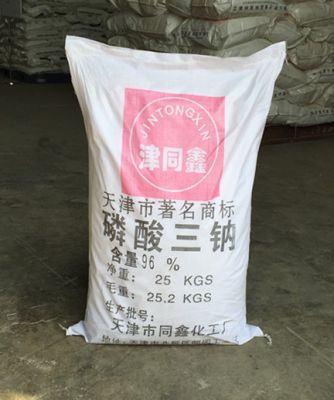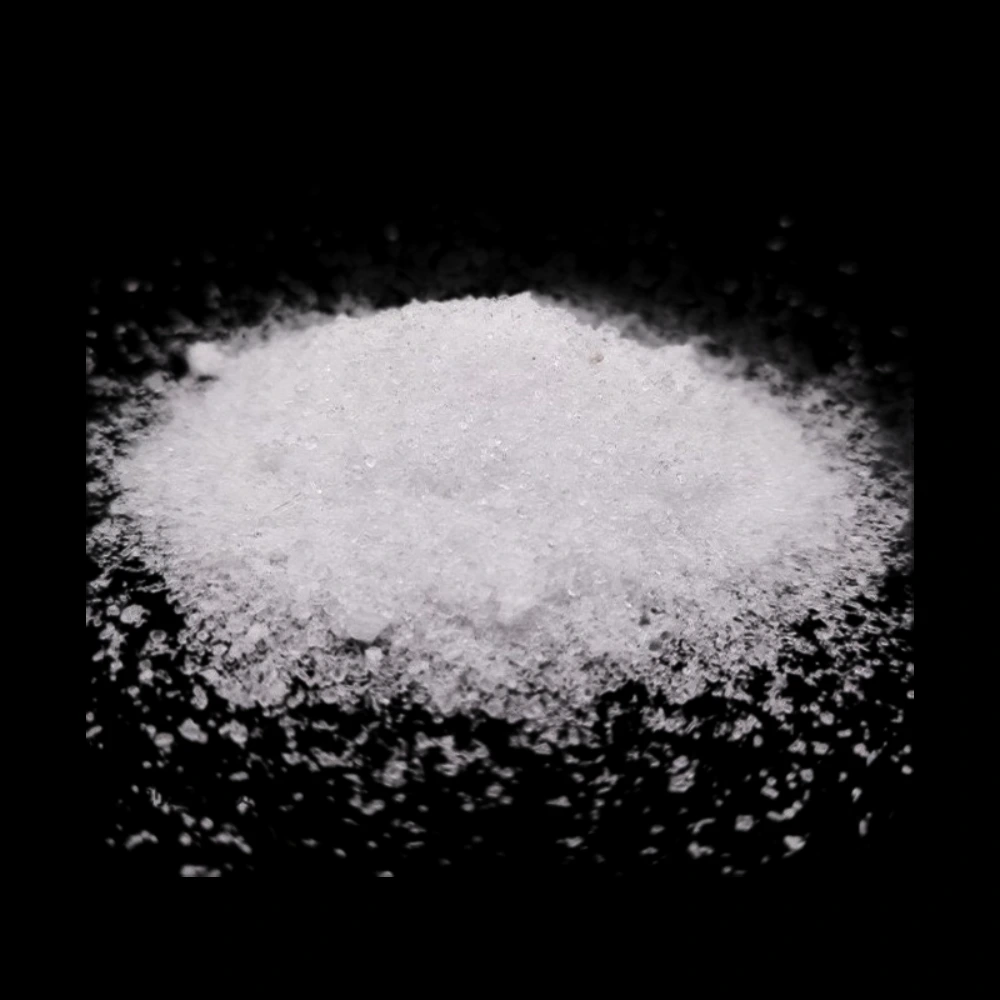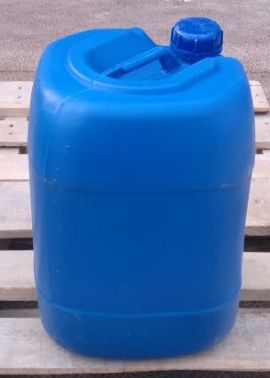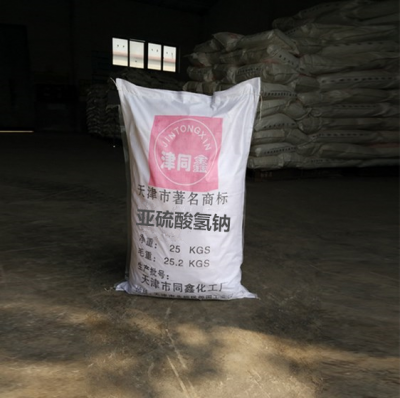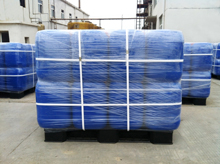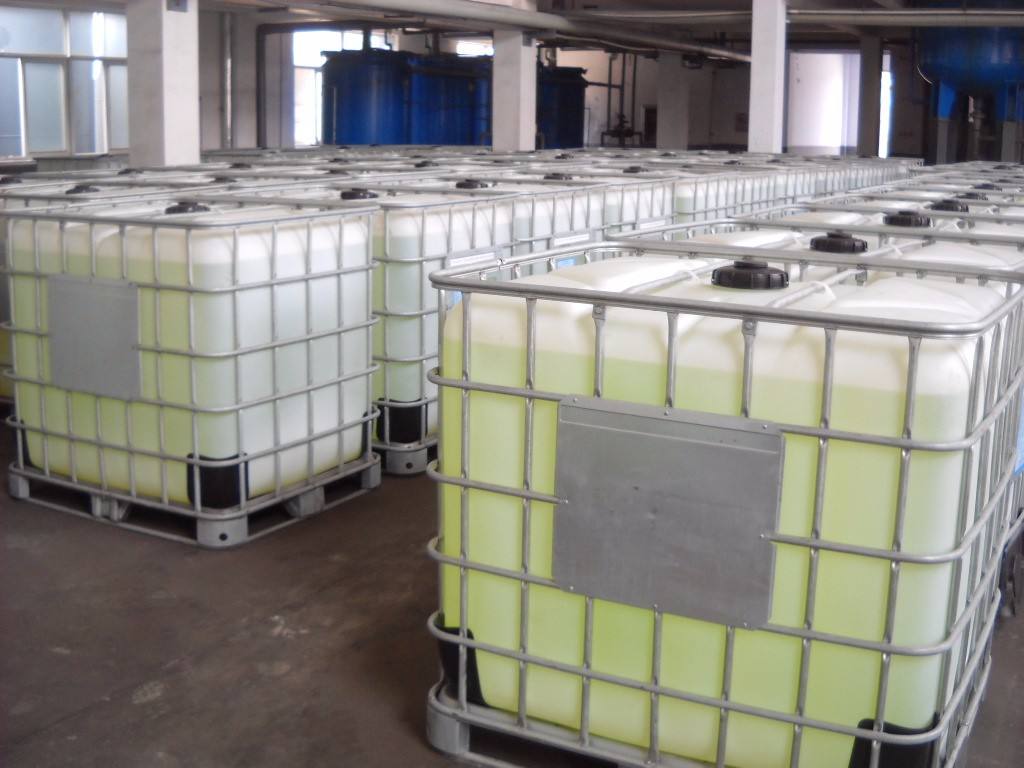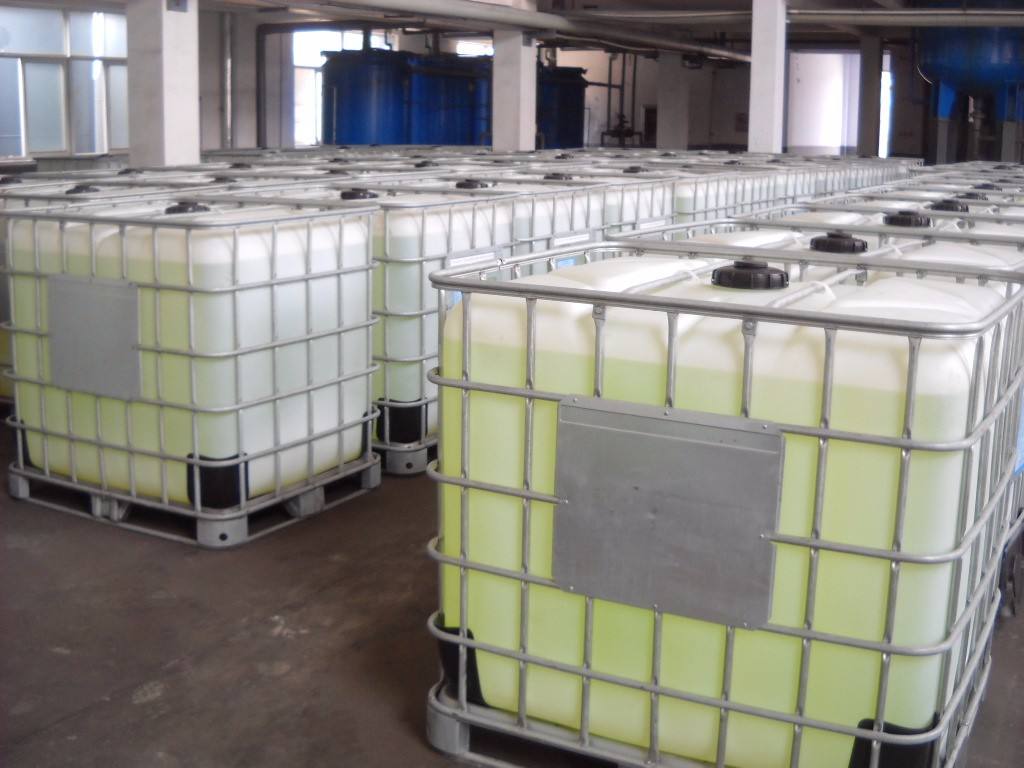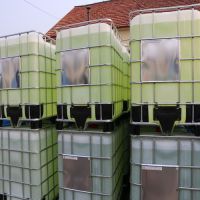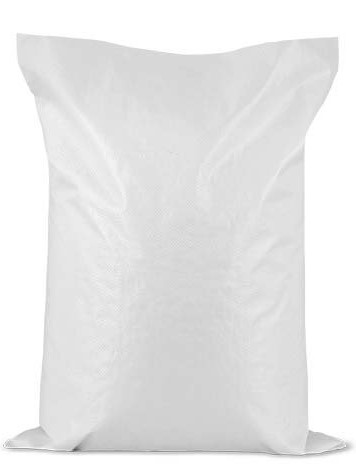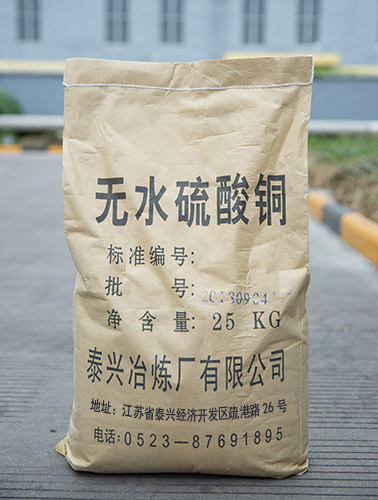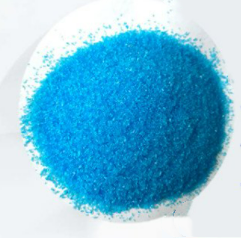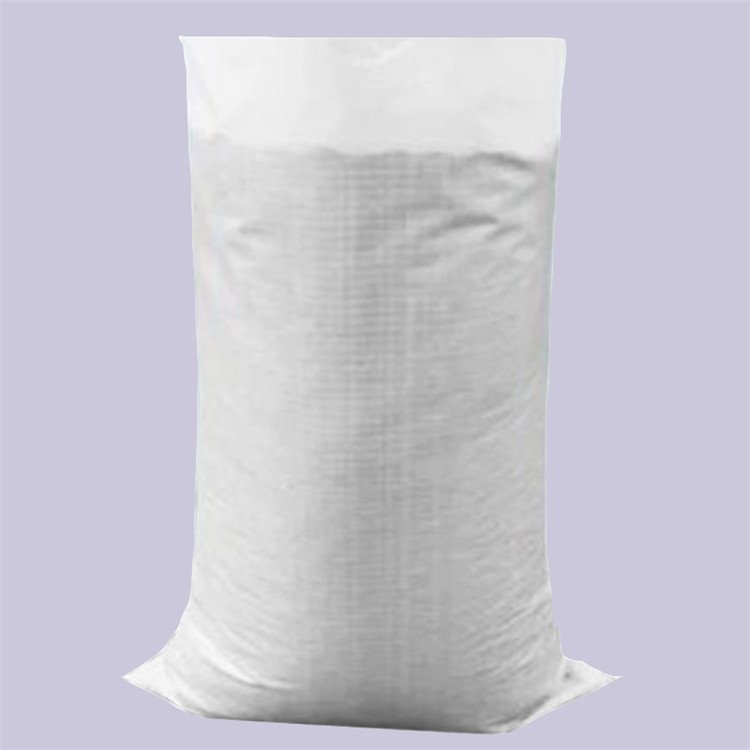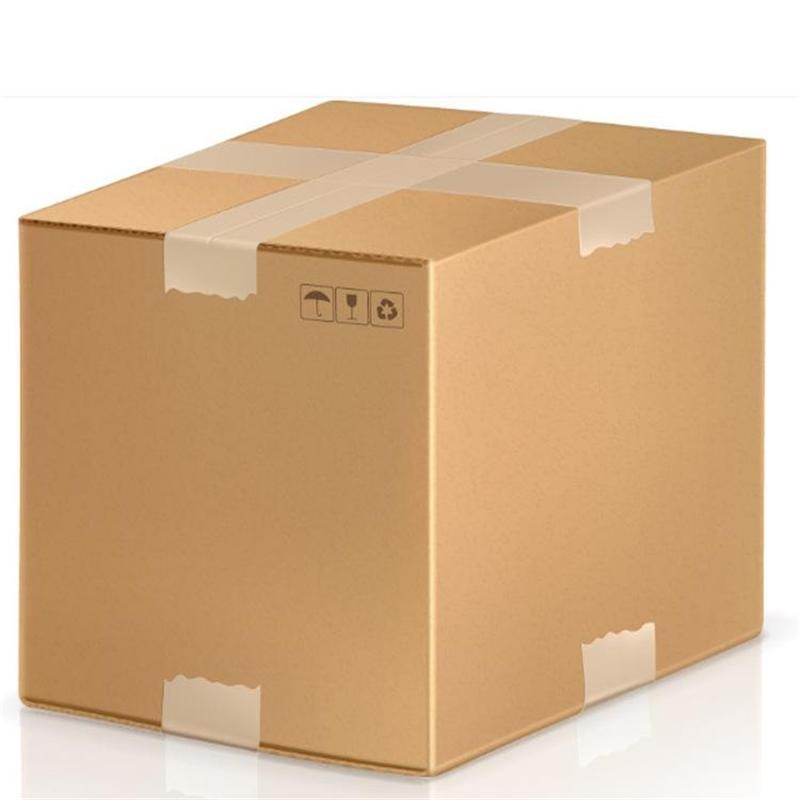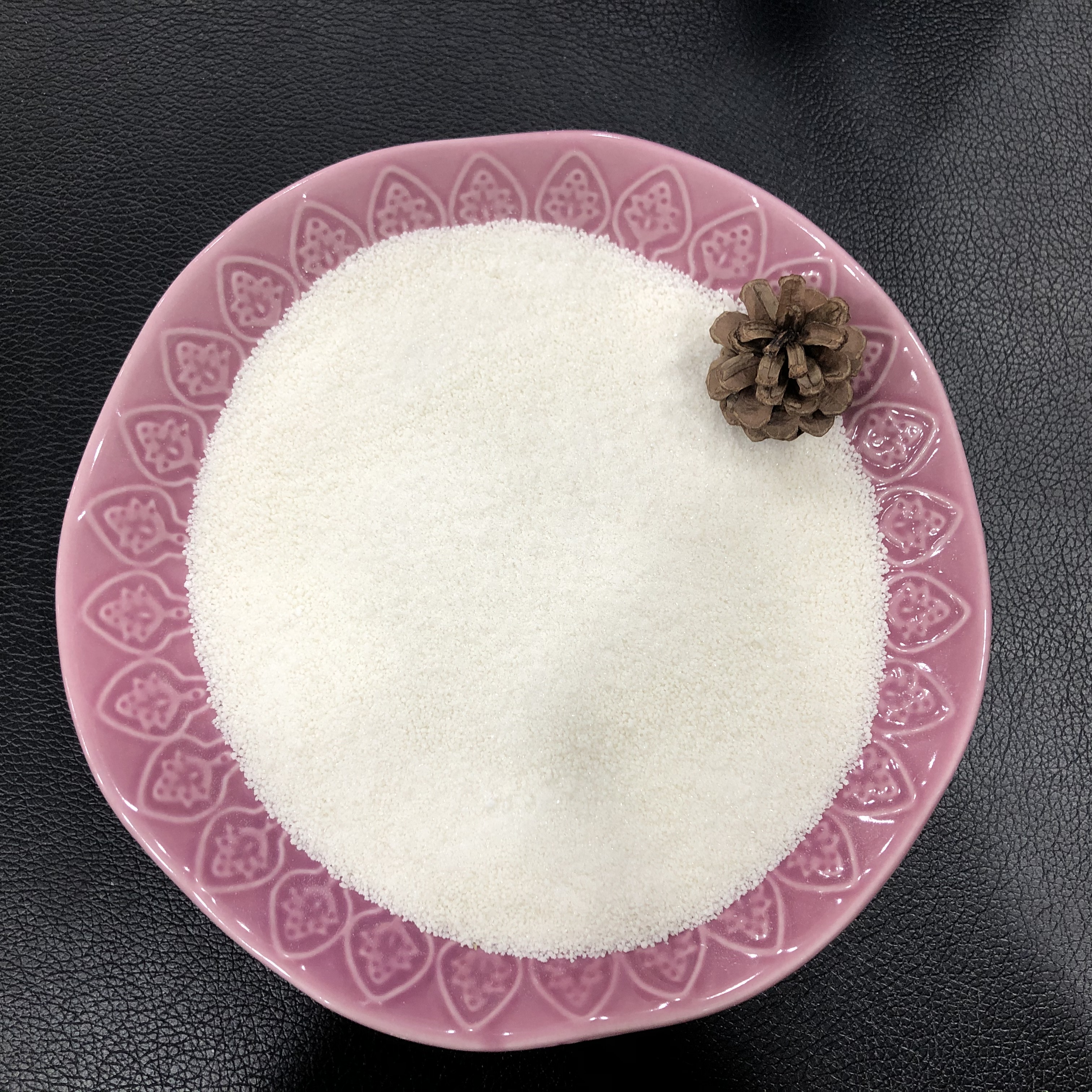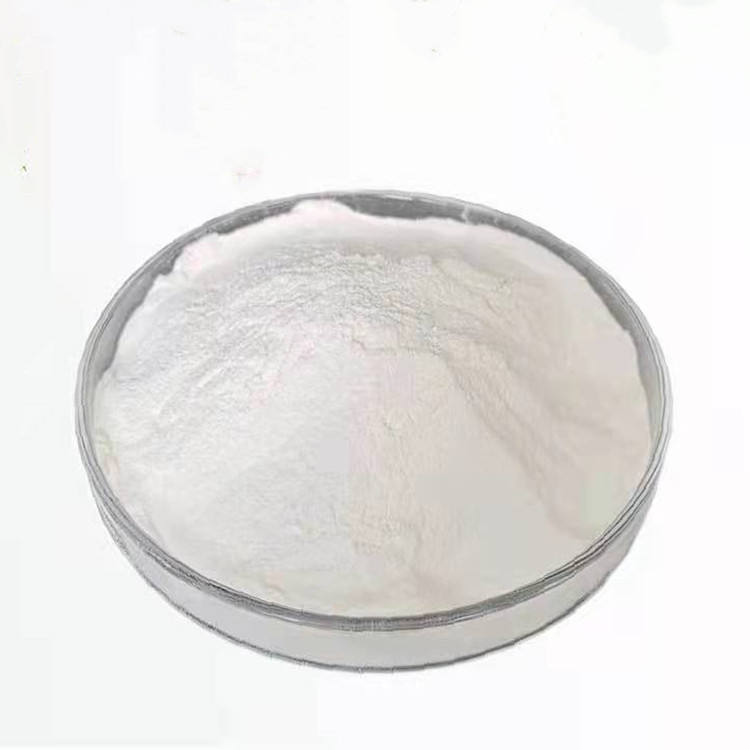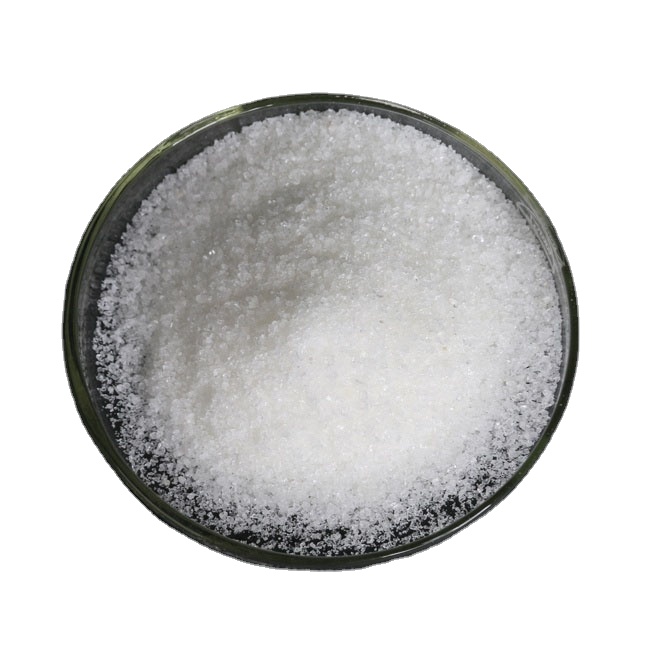Antioxidant
Other Auxiliary Agent
Petroleum Additives
Adsorbent
Water Treatment Chemicals
Rubber Additives
Adhesive Additives
Cross-Linking Agent
Flame Retardants
UV Absorbers
Organic Extractant
Resin Additives
Electronics Chemicals
Pesticide Additives
Building Chemicals
Plastic Additives
Oilfield Chemicals
Adhesive
Plastic Rubber Chemicals
Paper Additives
Molecular Sieve
Coating Additives
Textile Auxiliaries
Fluorescent Brightener
Polyethylene Glycol Derivatives
Coupling
Forest Chemicals
Leather Auxiliary Agents
Beneficiation Agents and Smelting Additives
Dye Auxiliaries
CAS:7601-54-9
Molecular Formula:Na3O4P
Alias
More Information
TSP; Trisodium Phosphate Anhydrous; Sodium Phosphate, Anhydrous; Trisodium Orthophosphate; Trinatriumphosphat; Nutrifos Stp; Tertiary Sodium Phosphate; tri Sodium Phosphate; Sodium Phosphate
Brief Introduction
As a water retention agent in the food industry, it is used in cans, fruit juice drinks, dairy products, meat products, cheese and beverages. In chemical, textile, printing and dyeing, papermaking, power generation and other industries, it is used as water softener and detergent, boiler scale inhibitor, water softener in paper dyeing, pH buffer of chemical Book adhesive for wax paper production, color fixing agent during printing and dyeing, mercerization enhancer of fabric, and anti embrittlement agent for thread making. Metallurgical industry is used for chemical degreasing and decontamination, and as an excellent accelerator in photographic development solution. Tooth cleanser and bottle detergent. A coagulant for rubber milk. Sugar juice purifier.
Suppliers
View More Vendors (4) >
CAS:7631-90-5
Molecular Formula:HNaO3S
Alias
More Information
Sodium,Hydrogen Sulfite; Sulfurous Acid Monosodium Salt; Sodium Metabisulphite; Sodium Hydrogen Sulfite; Nahso3; Sodium Hydrogen Sulphite; Sodium Bisulphite; Sodium BI Sulphite; Metabisulphite Sodium; MBS; Sodium Bidulfite
Brief Introduction
This product is used for bleaching cotton fabrics and organic fabrics. It is used as reducing agent in dyestuff, papermaking, tanning, chemical synthesis and other industries. The pharmaceutical industry is used to produce intermediates of analgin and aminopyrine. Food grade products are used as bleach, preservative and antioxidant.
Suppliers
View More Vendors (4) >
CAS:7758-19-2
Molecular Formula:ClNaO2
Alias
More Information
Chlorous Acid, Sodium Salt; Chlorite Sodium; Textone; Aqua Chemicals; Naclo2
Brief Introduction
It is a high efficient bleaching agent and oxidant. It is a new and efficient bleaching agent and oxidizing bactericide.
Suppliers
View More Vendors (4) >
CAS:7758-98-7
Molecular Formula:CuO4S
Alias
More Information
Sulfuric Acid Copper(2+) Salt (1:1); Copper Sulphate; Copper(2+) Sulfate; Cupric Sulfate; Copper Sulphate (Feed Grade); Copper(II) Sulfate; Copper Sulphate for Pesticide; Cooper Sulphate
Brief Introduction
Copper sulfate, also known as blue alum, with chemical formula CuSO4, is white powder without water, blue powder with water, or light grayish green due to impure. It is a soluble copper salt. The common form of copper sulfate is its crystal. Copper sulfate tetrahydrate ([Cu (H2O) 4] SO4 · H2O, copper sulfate pentahydrate) is a blue solid. Its aqueous solution is blue due to hydrated copper ions, so anhydrous copper sulfate is often used to test the existence of water in the laboratory. In real production and life, copper sulfate is often used to refine refined copper, which can be mixed with hydrated lime to produce pesticide Bordeaux liquid. Copper sulfate is a heavy metal salt, toxic, and the lethal dose for adults is 0.9g/kg. If you eat by mistake, you should immediately eat or drink protein rich foods such as milk and egg white, or use EDTA calcium sodium salt to detoxify. White anhydrous copper sulfate powder is blue after dropping into water
Suppliers
View More Vendors (4) >
CAS:78-67-1
Molecular Formula:C8H12N4
Alias
More Information
2,2'-(Diazene-1,2-Diyl)Bis(2-Methylpropanenitrile); Aibn; 2,2'-Azobis(Isobutylonitrile); Azobisisobutironitrile; Aibn-64; Vazo
Brief Introduction
Insoluble in water and denser than water. Moderately toxic by ingestion. Readily ignited by sparks or flames. Burns intensely and persistently. Toxic oxides of nitrogen produced during combustion. Used as a catalyst, in vinyl polymerizations and a blowing agent for plastics.
Suppliers
View More Vendors (4) >
Inquiry (
10
/ 10
)
Clear All
Sign In
Error!

